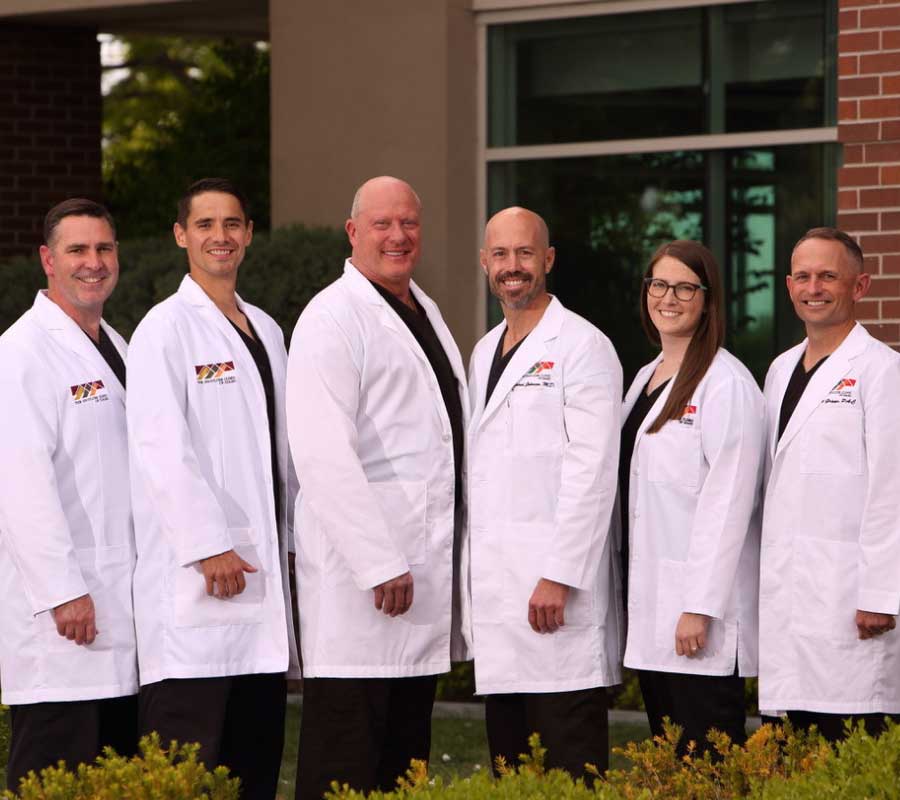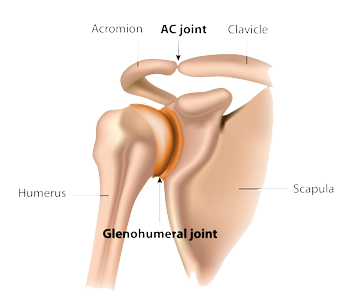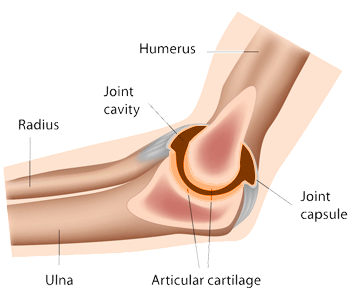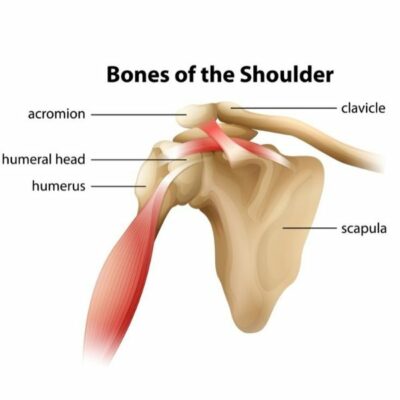Subacromial Decompression Surgeons

Are you an athlete who participates in sports that involve throwing overhead? If so, you may be at risk of developing subacromial impingement. The subacromial decompression surgeons at Shoulder Clinic of Idaho provide diagnosis and both surgical and nonsurgical treatment options for patients in the Boise area who have developed subacromial impingement. Contact the Shoulder Clinic of Idaho team today!
What is Subacromial Decompression?
The rotator cuff in the shoulder is made up of muscles and tendons that play a critical function in the stability and mobility of the joint by connecting the humerus (upper arm) to the scapula (shoulder blade.) The muscles originate on the shoulder blade and travel under a portion of the scapula known as the acromion (the roof of the shoulder joint) and attach to the ball of the humerus in specific locations called the greater and lesser tuberosities.
In some instances, the bursal tissue (fluid-filled sac that helps the joint move smoothly) can become irritated and inflamed. This condition is also called bursitis. In other situations, the undersurface of the acromion (roof of the shoulder) can develop roughness and bone spurs. Subacromial impingement is a term used to describe various conditions of the shoulder that produce problems with the rotator cuff tendons and may involve subacromial bursitis, subacromial roughness, and subacromial bone spurs. Subacromial decompression is a minimally invasive arthroscopic treatment offered by the orthopedic shoulder specialists at The Shoulder Clinic of Idaho to reduce pressure under the acromion caused by inflamed bursae, bone spurs or impingement due to mechanical irritation of the tendon. Patients in Boise, Meridian, Nampa, and the surrounding communities of the Treasure Valley suffering with shoulder pain have found relief after subacromial decompression.
What happens during subacromial decompression?
Subacromial decompression surgery is used to increase the size of the subacromial space within the shoulder and to decrease the pressure on the rotator cuff tendon and muscle. The orthopedic shoulder specialists at The Shoulder Clinic of Idaho can perform this type of surgery on an outpatient basis with either regional or general anesthesia. A minimally invasive arthroscopic approach is preferred, using small incisions in the shoulder and specialized equipment that allows them to operate within the shoulder.
During this minimally invasive procedure, the surgeon will look into the area called the subacromial space, using a small camera called an arthroscope. The degenerative, rough, irregular, and inflamed portions of the acromion are identified and removed with small, specialized instruments. If there are bone spurs, or if the bursa is inflamed, those portions are also removed, which allows the muscle to heal and glide smoothly free of mechanical irritation.
During the final step, the shoulder will be gently moved through a series of motions to confirm that all areas of bursitis and impingement have been removed. The incision is closed and a sling will be used to keep the arm protected for a short period of time.
What happens after Subacromial Decompression surgery?
Patients in Boise, Meridian, Nampa, and the surrounding communities of the Treasure Valley who are treated with arthroscopic subacromial decompression can expect to return to their normal daily activities fairly quickly. Active motion exercises of the arm and shoulder may begin immediately following surgery; and specific shoulder exercises will be provided by your shoulder surgeon. Full recovery is often achieved in two months with patients returning to their previous activities without pain.
For additional resources and information on subacromial decompression, bursitis, and shoulder impingement, please contact the orthopedic specialists at The Shoulder Clinic of Idaho, serving patients in Boise, Meridian, Nampa, and the surrounding communities of the Treasure Valley.



